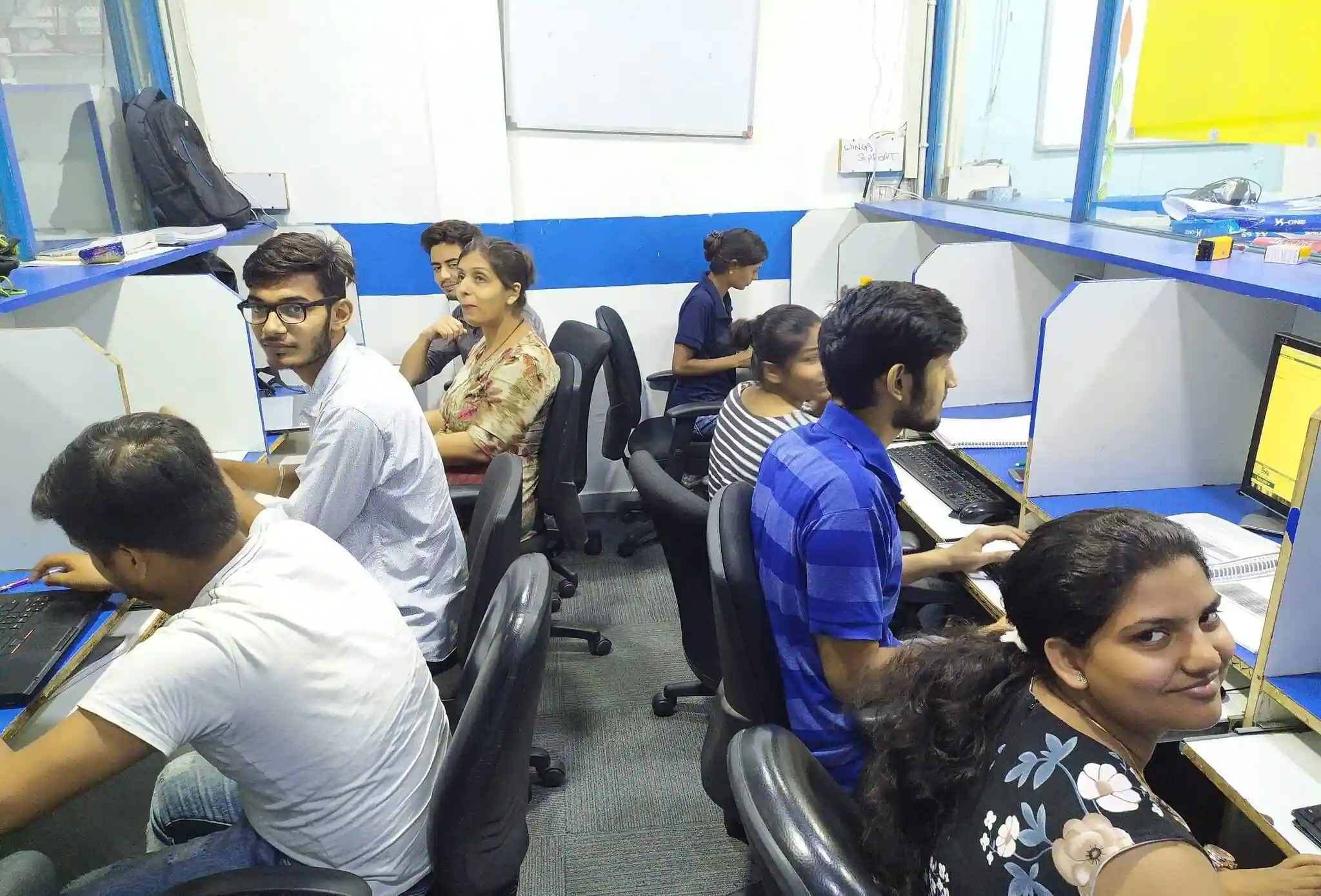The UPSC Civil Services exam is a long process that takes about a year to complete. Every stage of the exam is important. Though the preliminary examination is only a screening test, clearing it is essential to reach the next stage. Many times, aspirants get stuck at the preliminary stage for years, waiting for that one opportunity to write the main examination (stage 2).
The UPSC preliminary exam is easy for some, and very or moderately difficult for others. Proper planning, multiple revisions, writing mock tests and analysing them are key factors that can help a candidate clear the Civil Services examination. An effective revision and study plan to ace the IAS exam are given below.
Study and Revision Plan for UPSC Preliminary Examination
The plan given below tries to cover important components that should be considered while preparing for the UPSC preliminary exam. Even if you want to customise the plan, ensure that you cover all the components given in the study and revision plan.
Follow the steps given below to start your preparation:
Step 1
- UPSC syllabus:
If you are a beginner, then the very first thing you should do is to read the UPSC syllabus given in the notification. Divide it into different sections or broad areas, and write it down in a notebook.
Step 2
- 5 years’ UPSC prelims question papers:
Go through the last 5 years’ UPSC prelims question papers. Understand the type and nature of questions.
Step 3
GS Paper 1
- NCERT textbooks:
- Start with NCERT books. If you have ample time, you can cover 6-12 standard NCERT books. Otherwise, study 10 to 12 standard NCERT textbooks based on the requirements of the UPSC syllabus.
- NCERT books of lower classes should be finished in a day or two. You should prepare notes and do thorough research about topics that you don’t understand or that are new to you.
- Initially, when you read NCERT books you may not be able to figure out what is important for the exam. In this case, you should refer to the previous years’ question papers again. These past papers will give you direction, and you will be able to differentiate the important areas from the not so important ones.
- Reading NCERTs will build a good foundation, which will help you to read advanced books or study materials effectively.
- Advanced books and study materials:
After getting an idea of the topics and subjects, you can start reading advanced books, which will make more sense to you. For example, Indian Polity by M. Laxmikanth, Indian Economy by Ramesh Singh etc.
- Newspapers and magazines:
In order to be aware of the current happenings in India and the world, reading newspapers and magazines is important. Newspapers give you important information that can be used in your essays and GS papers. The weightage of current affairs based questions have increased in UPSC prelims and therefore, reading newspapers is very crucial, when it comes to UPSC preparation.
GS Paper 2
- CSAT is an integral part of the prelims exam even though it is a qualifying paper. You should take the CSAT paper seriously. You can refer to various books, study materials and video recordings available online to prepare for Paper 2. If you find CSAT difficult, try to study and solve questions every day or on alternate days. You should ensure that you revise the concepts and formulae every week.
Step 4
- Prepare notes:
After reading NCERT textbooks, you should prepare notes of new and important concepts & terminologies.
Step 5
- Revision
- Spaced repetition technique: Follow the spaced repetition technique to revise.
- After reading each chapter/topic, you should revise it the very same day or early next morning, as this will help you remember the topics well.
- Spaced repetition technique: Follow the spaced repetition technique to revise.
For example, if topic X was studied on Monday morning, then
1st Revision: Revise it the very same day or early next morning
2nd Revision: After revising topic ‘X’ once, revise it again on Wednesday or Thursday
3rd Revision: Revise it again on Saturday or Sunday
4th Revision: Revise it again the next week followed by alternate weeks
5th Revision: Revise it the next month and then increase the interval between subsequent revisions
- When the topic is new/important, revise it frequently and when you are able to recall the information correctly, increase the gap between revisions over time. This method of revising will help you retain a concept or information for a longer time.
- Active recall or practice testing technique:
Revising does not mean rereading a topic/chapter/book. It means to actively recall what you have studied. Active recall is one of the most efficient revision techniques. It means retrieving information or facts from your brain. There are different methods to actively recall or retrieve information. For example, making notes or recalling the learnt information or facts in your mind by keeping the book closed. Merely highlighting or summarising a topic or chapter may not be enough. Therefore, improve your performance by using active learning techniques!
Also Read: How to attempt CAT mock test to score 100 percentile in the CAT exam?
Note:
Taking breaks:
To ensure that you don’t reach a saturation point soon, take breaks between study sessions. Do not set unachievable targets as it will demotivate you and hinder your progress in the long run.
Step 6
Mock tests:
After revising a topic or chapter, you should write sectional mock tests. Many coaching institutes provide sectional and full-length mock tests. Mock tests should be solved in exam-like conditions. So, this will help you in ‘active learning’.
Step 7
Analysis of solved mock tests and previous years’ question papers:
Merely attempting mock tests will not help you. After every mock test, you should go through the answer keys and solutions. Analyse and evaluate your performance and progress, so, try to understand why and where you went wrong, correct your mistakes and ensure that you don’t repeat them. Your aim should be to work on your weaknesses and aim to improve your scores eventually.
Acing the UPSC preliminary examination is not difficult but it requires planning, sheer hard work and dedication. In addition, you require a multi-dimensional approach that should include frequent revisions, solving mock tests and previous years’ IAS Questions.
The path from your dreams to success does exist, but it requires perseverance, determination and dedication. You need to work hard, be consistent and plan well to achieve your short and long term goals.




